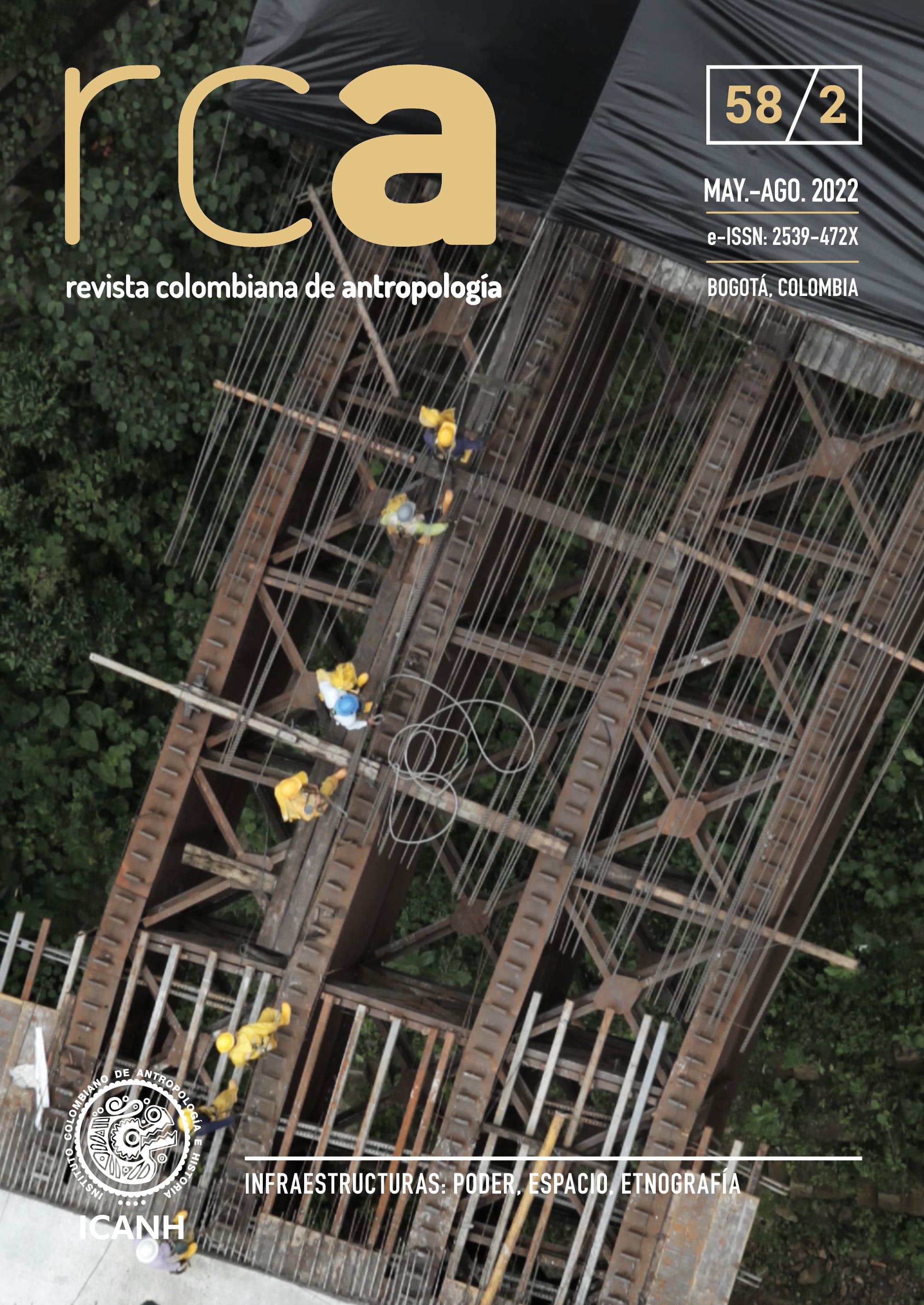Blind fishes: a photo essay
DOI:
https://doi.org/10.22380/2539472X.2344Keywords:
Ruin, infrastructure, penumbra, fishesAbstract
Since the second half of the 20th century, modernization projects in western Mexico intensified the modification of the landscape with infrastructure for the reproduction of species. In this photo-essay I pursue the mobility of one of them, the fish. Specifically, I explore the figure of the blind fish as a narrative of modernity that provides an image of darkness. If modernity is a situated project that provides lights, I suggest the penumbra of the fish as an intermediate zone of light and darkness to think about the moments of inconsistency in the inhabiting of Mexican progress.
Downloads
References
Adams, Ginny, Brooks Burr y Melvin Warren. 2020. “Amblyopsidae: cavefishes”. En Characidae to Poeciliidae, vol. 2 de Freshwater fishes of North America, editado por Melvin L. Warren, Jr. y Brooks M. Burr, 281-321. Baltimore: Johns Hopkins University Press.
Ballestero, Andrea. 2019. “The underground as infrastructure? Water, figure/ground reversals, and dissolution in Sardinal”. En Infrastructure, environment, and life in the Anthropocene, editado por Kregg Hetherington, 17-44. Durham; Londres: Duke University Press.
Benjamin, Walter. (1942) 2008. Tesis sobre la historia y otros fragmentos. Traducción de Bolívar Echeverría. Ciudad de México: Editorial Itaca; Universidad Autónoma de la Ciudad de México.
De la Peña, Guillermo. 1993. “Populismo, poder regional e intermediación política: el sur de Jalisco, 1900-1980”. Estudios de Historia Moderna y Contemporánea de México 16: 114-152. https://moderna.historicas.unam.mx/index.php/ehm/article/view/2987/68856
De Vries, Pieter. 2002. “Vanishing mediators: enjoyment as a political factor in western Mexico”. American Ethnologist 29 (4): 901-927. http://www.jstor.org/stable/3805162
Downloads
Published
How to Cite
Issue
Section
License

This work is licensed under a Creative Commons Attribution-NonCommercial-NoDerivatives 4.0 International License.




















